Biocoal and the EV tsunami
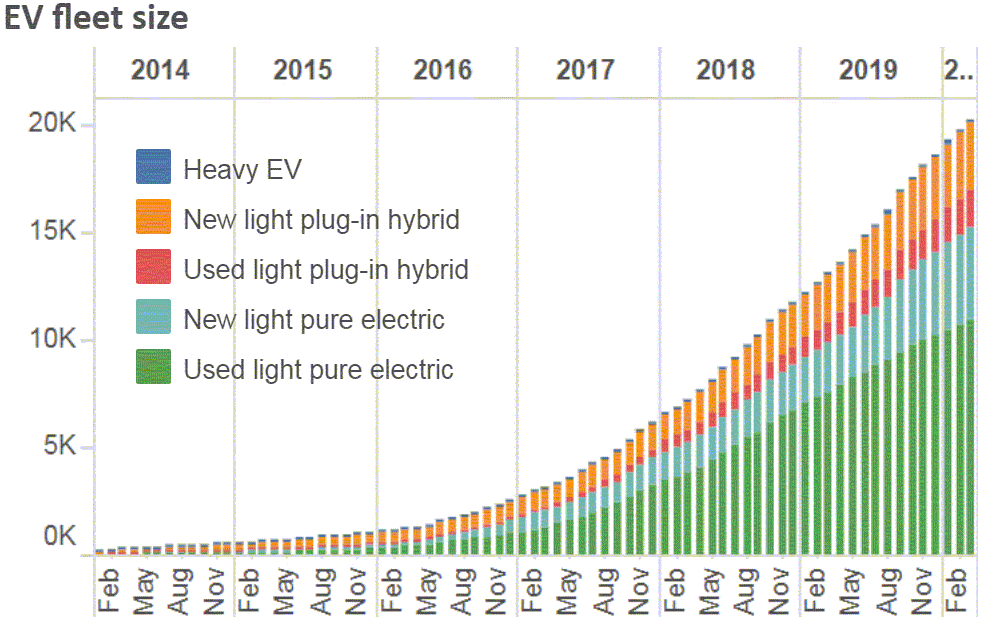
https://www.transport.govt.nz/mot-resources/vehicle-fleet-statistics/monthly-electric-and-hybrid-light-vehicle-registrations/
Since the introduction of Covide-19 to the mediasphere the graph literacy of journalists, politicians and the general public has improved. The above graph speaks for itself. In this case nobody is saying flatten the curve, yet.
EVs are a good thing except that New Zealand as a country is not making any significant effort to increase its electrical generation capacity.
The previous power transformation (Horse to Internal Combustion Engine) took 14 years
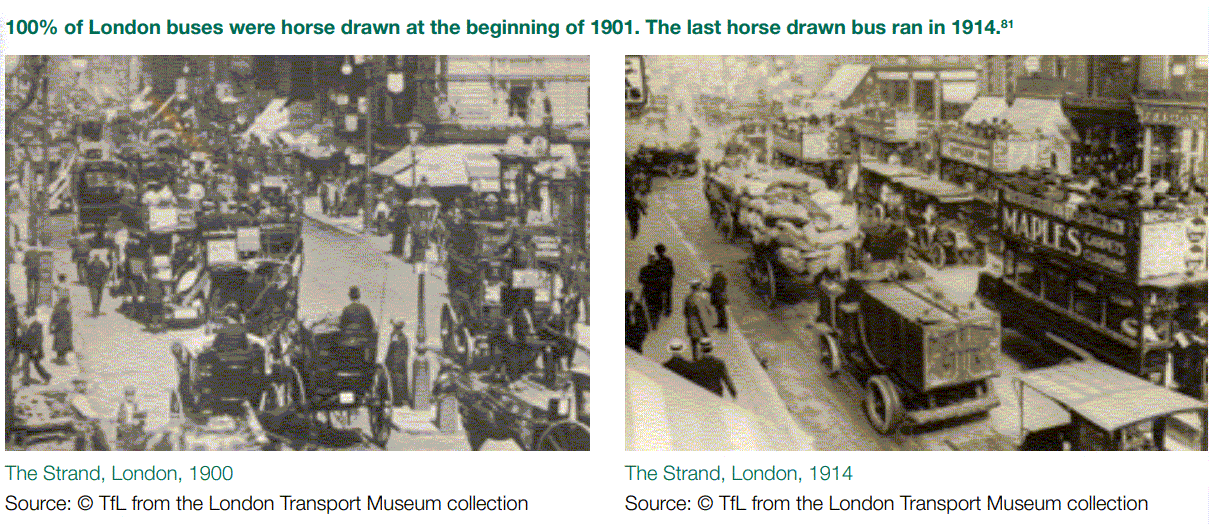
Things change faster now
Summary:
- Registered EVs in New Zealand have a month on month (compounded) increase of 6%
- Currently Light Vehicle transport uses an excess of 100PJ fossil fuel energy per year
- New Zealands total transport energy use is over 200PJ
- New Zealand’s total Electricity production is approx 150PJ
- EV use will be seriously impacting the National Grid by 2023
- Prediction is that 50% of light vehicle transport (kms traveled) will be electric by 2025
- Thus production and transmission of power will need to increase by 33PJ by 2025 solely for EVs.
Graphical data
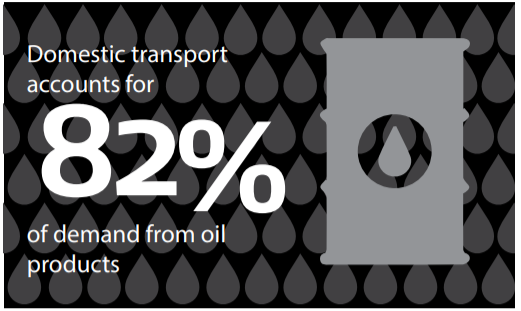
https://www.mbie.govt.nz/assets/bc14c2778b/energy-in-nz-2017.pdf
Note the thickness of the lines of energy flow in the image below
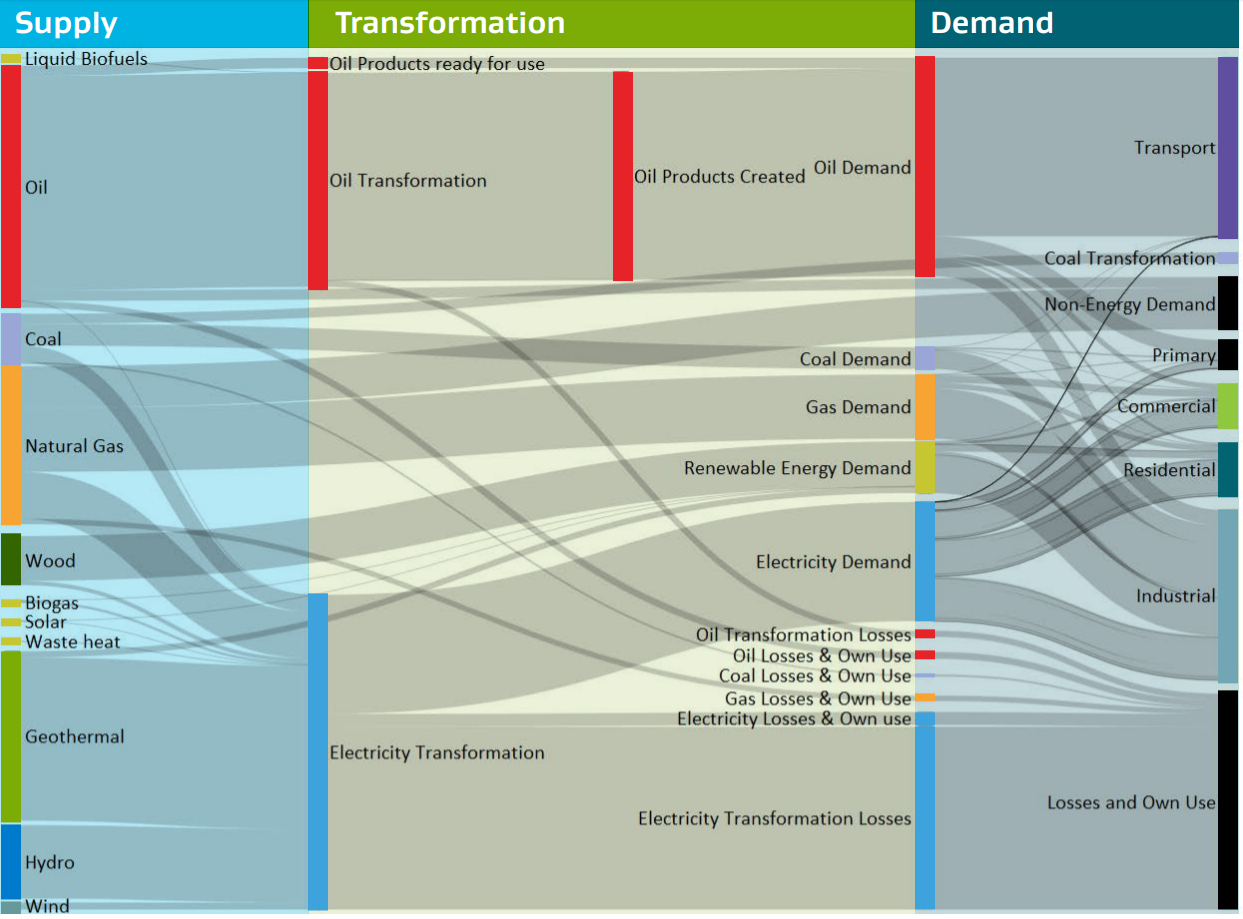
Although NZ is justifiably proud of its hydro electric capacity (21 TWh, 93 PJ) it is dwarfed by Norway's, whose hydro electric output is 131 TWh (470 PJ), equal to half the total height of the supply side of this flow chart. This is why Norway is able to have a high uptake of EV's
See how thin windpower and solarpower energy lines are, they are of very little significance compared to the quantity of fossil power.
There is tremendous need for growth in the non fossil energy sector
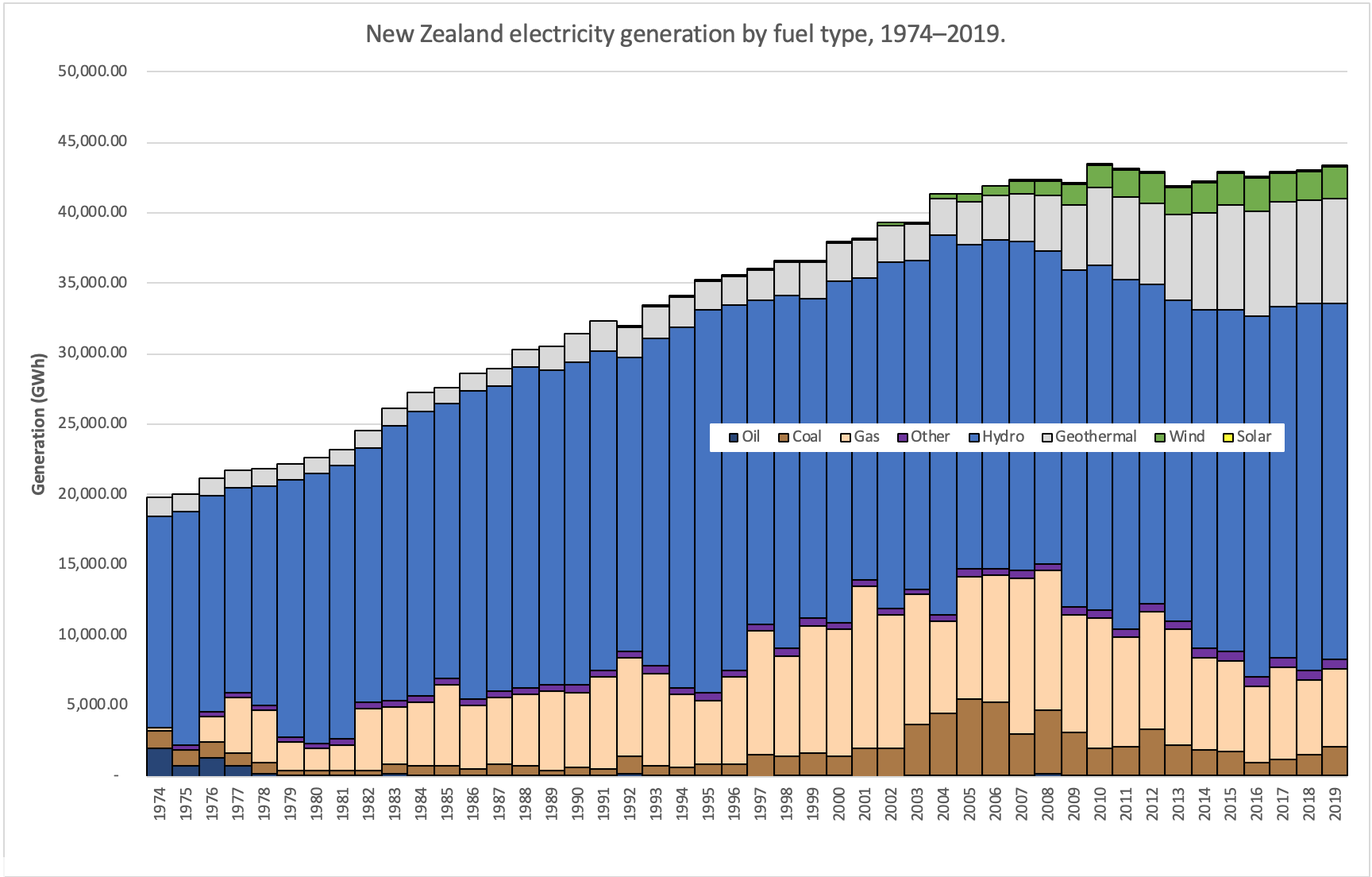
Another graph showing the sources of energy that make up electricity supply
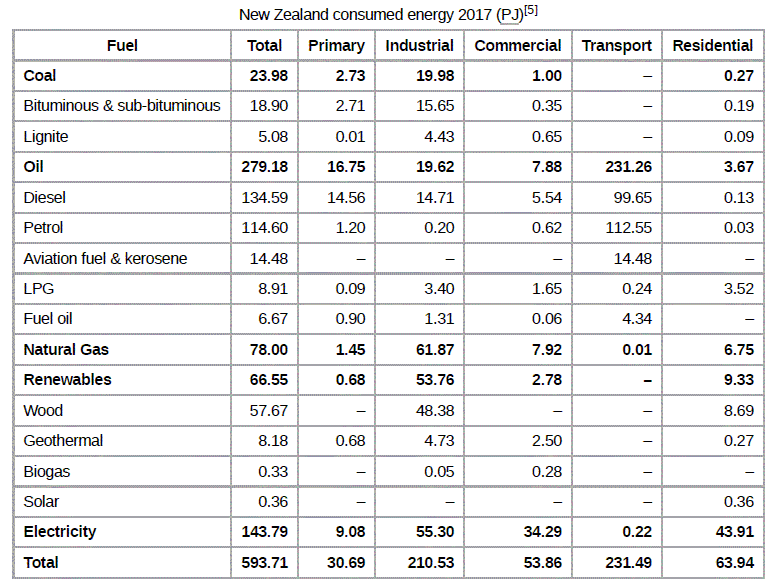
Note that transport oil derived energy is 231PJ
Bottom line:
Huntly will be needed as the backstop to prevent load shedding.
Coal will be non viable due to the Paris Agreement and public opinion.
Huntly will need to burn biocoal.
This ignores the conversion of other carbon emission intensive industries to electricity for process heat.
Which will add competition to the demand for 'green' electricity.
These supply and demand issues will lead to electric power price increases that will culminate in EV's per km costs being similar to traditional automobiles.
See also




